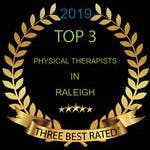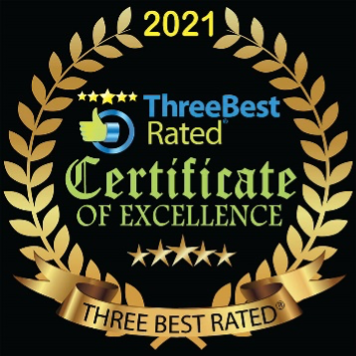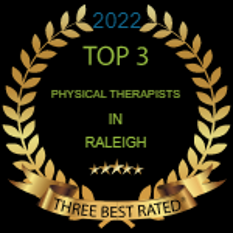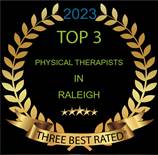How TMR Was Discovered?
Around 2002, Tom Dalonzo-Baker, physical therapist and previous owner of Total Motion Physical Therapy, had a desire to create a better way on how to heal the body. A process that could be active where a patient could essentially know how to become their own clinician. This is because no one knows their body better than the patients themselves! But they needed a structure for this tool. And it was just a desire at that time.
Unfortunately, a lot of physical therapy is very passive where you go to a clinician and they do something on you or to you. This is not totally their fault as PT school and most of medical professionals are trained to see treatment that way. This has led to overuse of medications and thousands of dollars on trips to keep going back again and again for treatments. There had to be a better way, Tom thought.
On that same year, Chip Moseley, another physical therapist joined the company. Both Tom and Chip had a lot of manual therapy background, but both also had many years of chronic pain issues as well that were not being fixed by traditional or nontraditional treatments. And both Tom and Chip had very scientific minds, knowing that the way to figure how to fix the body the best way possible would have to be shown by evidence with testing, retesting, and the scientific method.
Around that time, Tom had the initial "ah-ha moment(s) about TMR". It started with some outgrowth of thought from some passive treatments called strain-counterstrain and myofascial release where Tom noticed that the manual therapy he was doing would work better in certain positions of comfort that were opposite of positions and motions of strain. He then took it to exercises and found that if you exercise in the direction of comfort and opposite of motions of strain, the patient seemed to feel so much better! And they were also feeling so much better than after we would do our manual therapy and passive treatments. He knew he was on to something there.
What follows with Tom, Chip and the staff around that time sounds a bit like what Thomas Edison said when he quoted, "I found 1000 ways to NOT invent the lightbulb" before finding what worked the best. It didn't happen in a day.
It took a few years to even cement down a basic tool, originally with just mostly five motions, the FAB 5 as they were called. But we had also discovered a giant process that could be taught to patients on how to fix their own bodies and to clinicians so they could teach their patients.
This process, by using the scientific method, starting seeing a lot of interesting patterns, such as...
- Exercising parts of the body that don't hurt seems to help decrease the pains and promote healing much more than exercising the painful areas. So you could exercise an arm to fix a leg problem and a leg to fix a shoulder or neck problem, for example.
- Exercising in the direction that is less painful, less tight and stronger tends to heal the body faster while exercising in to the restrictions seems to strain the body more and slow healing. So you may work to the left in a motion, for example, that fixes the problem seen in a motion to the right.
- Everything must have a test and retest in it so you can individualize each program to each patient to figure out what is best for them.
- The cause of the painful injury is often in the tight parts of the body elsewhere causing overwork and a "pulling out of balance" of the painful areas.
- And much more...
From there, Tom said that he wanted to patent our tool, Total Motion Release, aka TMR, and get out of the clinic and teach it to others as his new career mission. This left Chip to run the clinic and Deanna to run the business office.
Fast forward a few years, Tom has now taught over 5000 clinicians in all 50 states and even internationally now. He also sold the clinic to Chip and Deanna, who continue to mission today of using TMR to teach patients and clinicians how to use motions and parts of the body that don't hurt to fix the things that do hurt. So each patient at Total Motion is empowered as they try to accomplish the 3 goals of therapy...
- Feel good now. The goal we try to achieve is at least 75-90% symptom reductions.
- Fix the cause of the symptoms so you will stay better longer. The cause lies in the tight and weak areas of the body that pull us out of balance.
- Teach each patient at least the basics of TMR so they can know how to fix their own issues.




